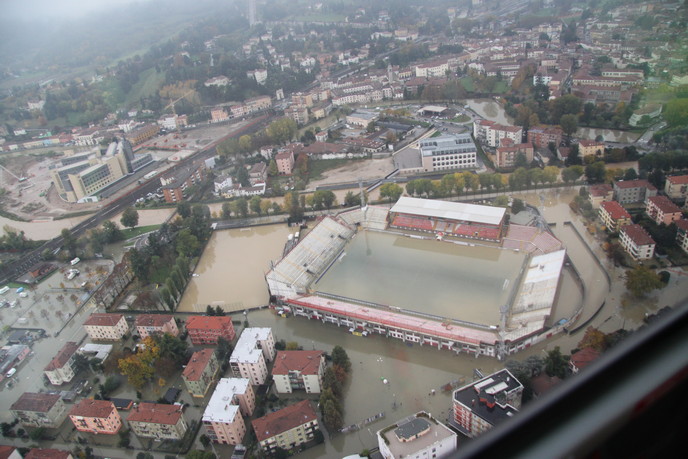Optimised European maritime surveillance
Globalisation brings with it a number of threats, ranging from unlawful trafficking of goods to an increase in illegal immigration. These threats must constantly be addressed using the ultimate in surveillance if the EU is to remain secure. The EU-funded SEABILLA(opens in new window) (Sea border surveillance) project aimed to tackle security on the high seas by adopting early warning systems and sharing information on natural disasters and asylum seekers. Key priorities identified included drug trafficking, illegal immigration, and/or illicit activities in the Atlantic Sea, Mediterranean Sea and English Channel. SEABILLA worked on four different key areas, with the first priority envisioning a roadmap of illegal scenarios and outlining the required surveillance capabilities for each. Its second priority focused on detection of small illegal boats through improved land, sea and space surveillance – a key measure in combating clandestine migration and smuggling. The project's third priority involved the consolidation of sensor networking and information, from detecting abnormal behaviour to improving data processing. The last covered testing and validation of new technologies. Emphasis was placed on investigating detection and how it can be performed either by developing new solutions or elaborating solutions via the integration of existing technologies. The focus was on space-, air-, land- and sea-based surveillance tools. To this end, work included the development of a novel algorithm for change detection and ship detection from spaceborne sensors, comparison of manned and unmanned aerial means, and assessment of remotely piloted aircraft system performance in selected scenarios. In terms of sensors, activities involved networking between radar and sensors to track small boats close to coastlines and a behaviour analysis algorithm to help relevant stakeholders detect suspicious boats. SEABILLA enhanced interoperability and information sharing within European Commission agencies and national authorities tasked with border surveillance. The work has boosted situational awareness and preparedness against threats and trouble spots. It will also bolster the European external border surveillance system used by FRONTEX, the EU border protection agency.







